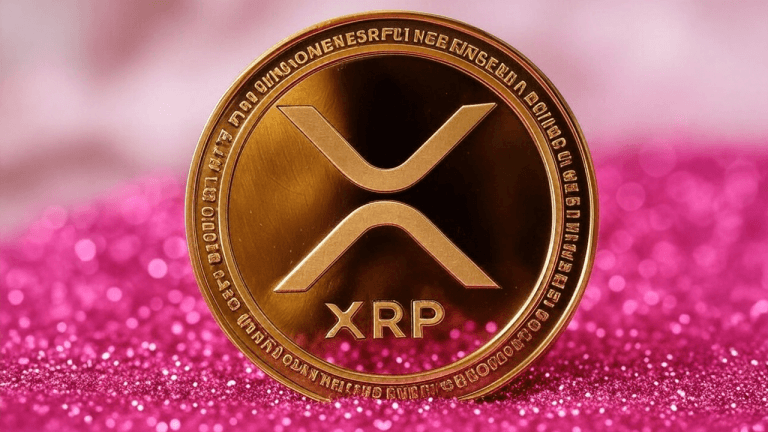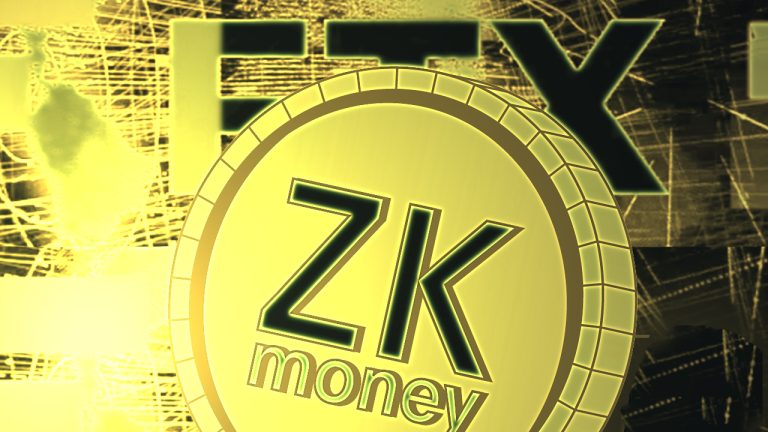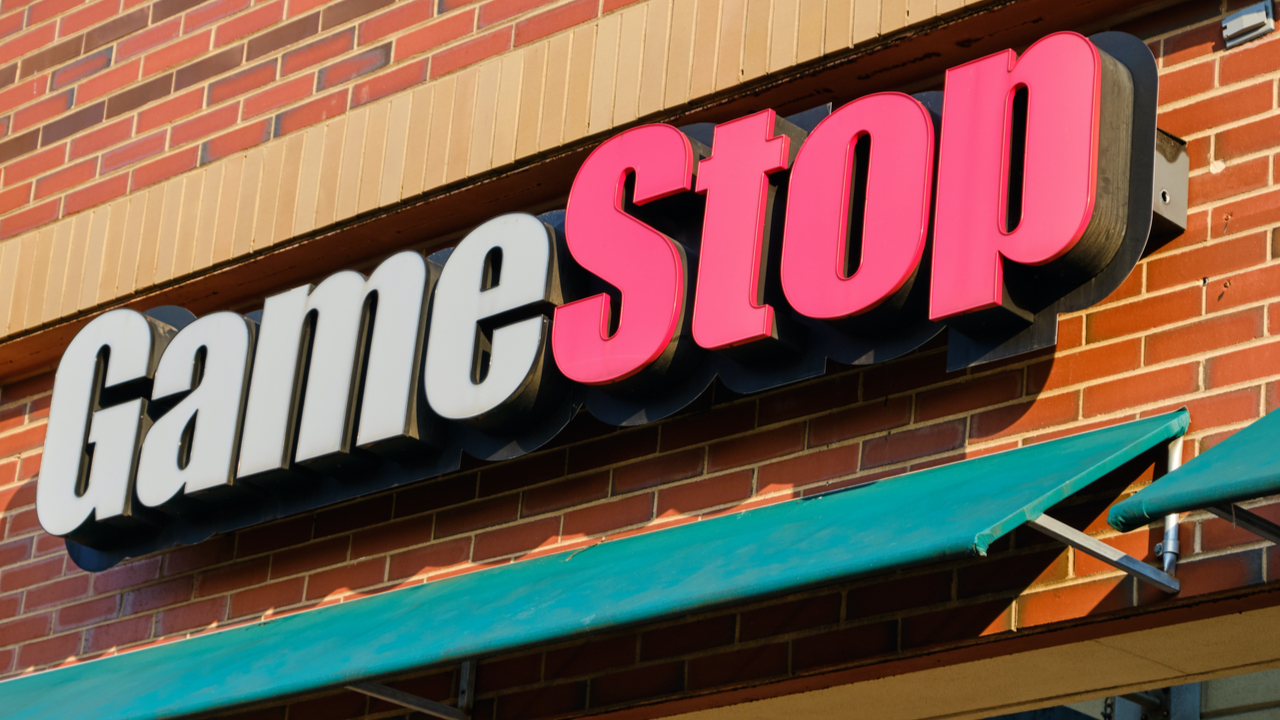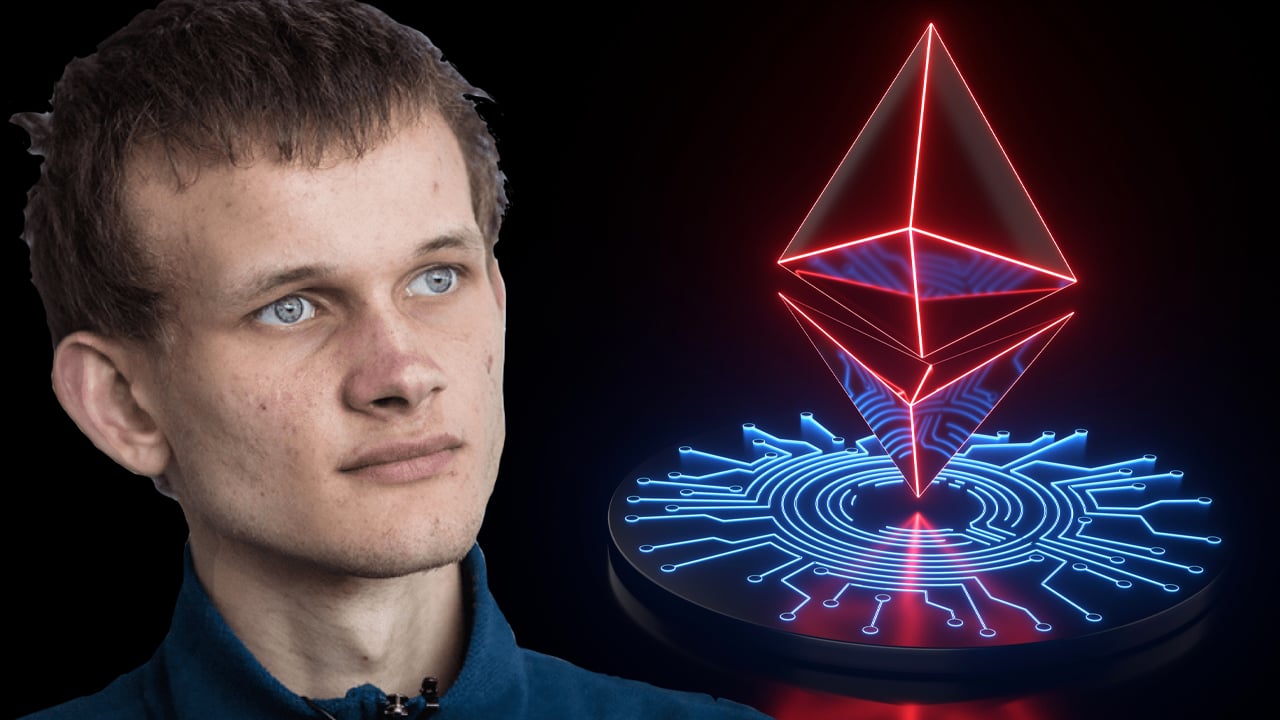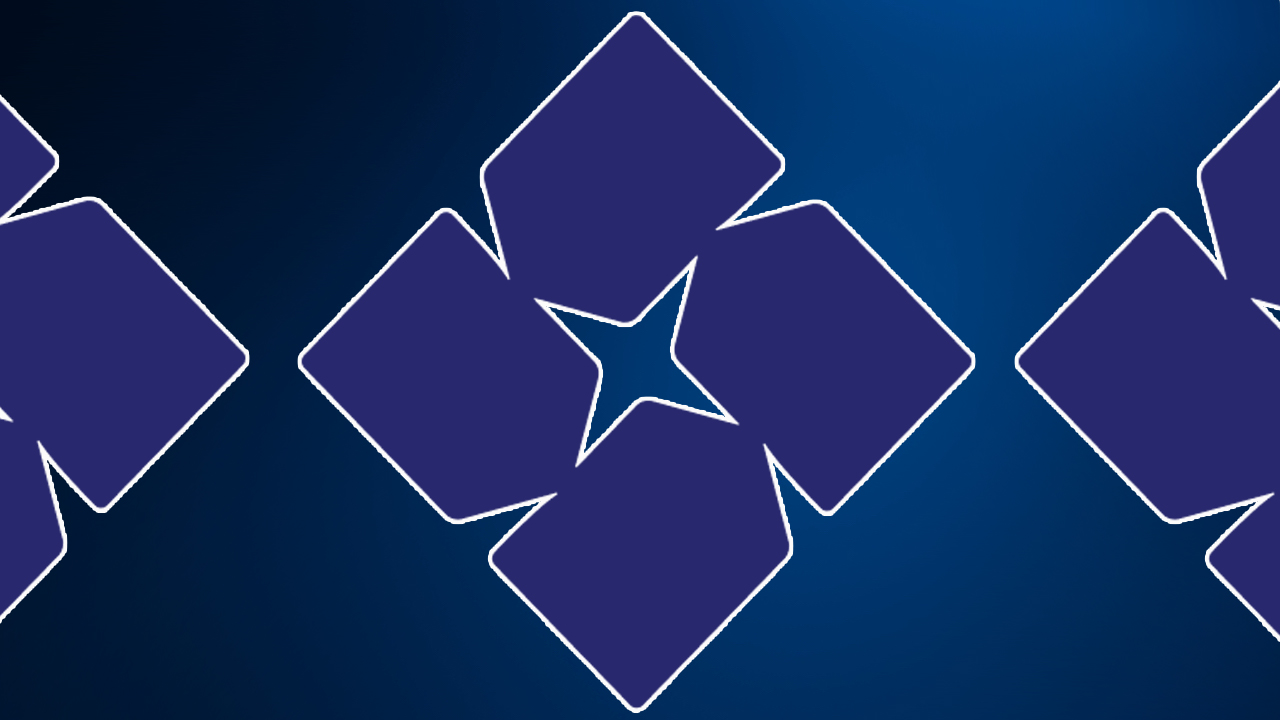
While layer-2 protocols have been focused on “scalability,” layer-3 protocols would serve a much different purpose, says Ethereum co-founder Vitalik Buterin.
While Ethereum-based layer-2 solutions have been focused on hyperscaling the network, Ethereum co-founder Vitalik Buterin believes layer 3s will serve a far different purpose — providing “customized functionality.”
Buterin shared his thoughts in a Saturday post, providing three “visions” of what layer 3s will be used for in the future.
The Ethereum co-founder said a third layer on the blockchain makes sense only if it provides a different function to layer 2s, which have been used mainly to enhance scaling via zero-knowledge (zk) Rollup technology:
“A three-layer scaling architecture that consists of stacking the same scaling scheme on top of itself generally does not work well. Rollups on top of rollups, where the two layers of rollups use the same technology, certainly do not.”
But, “a three-layer architecture where the second layer and third layer have different purposes, however, can work,” said Buterin.
One of layer 3’s use cases would be what Buterin describes as “customized functionality” — referencing privacy-based applications which would utilize zk proofs to submit privacy-preserving transactions to layer 2.
Another use case would be “customized scaling” for specialized applications that don’t want to use the Ethereum Virtual Machine (EVM) to do computation.
Buterin also said that layer 3 could be used for “weakly-trusted” scaling through Validiums, a zk-proof technology. Buterin said this may be beneficial for “enterprise blockchain” applications by using “a centralized server that runs a validium prover and regularly commits hashes to chain.”
But, Buterin added that it’s still unclear whether layer-3 structures will be more efficient than the current layer-2 model when it comes to building customized applications on Ethereum.

Related: A beginner's guide to understanding the layers of blockchain technology
“One possible argument for the three-layer model over the two-layer model is: a three-layer model allows an entire sub-ecosystem to exist within a single rollup, which allows cross-domain operations within that ecosystem to happen very cheaply, without needing to go through the expensive layer 1,” Buterin said.
But, Buterin said that because cross-chain transactions can be executed easily and cheaply between two layer 2s that have committed to the same chain, building layer 3s may not necessarily improve the efficiency of the network.
Buterin’s comments on possible layer 3 use cases come as StarkWare’s newly produced recursive validity proofs appear to have possibly put an end to Ethereum’s scalability concerns.
Declan Fox, the product manager at Ethereum software firm ConsenSys, recently told Cointelegraph that “with recursive rollups and proofs, we theoretically can infinitely scale.”
These recursive proofs have been well tested in production, with StarkWare co-founder Eli-Ben Sasson recently telling Cointelegraph that its recursive proofs have rolled up as many as 600,000 nonfungible token mints in a single transaction on Immutable X and that 60 million transactions could soon be on the cards “with more engineering and tweaking.”
